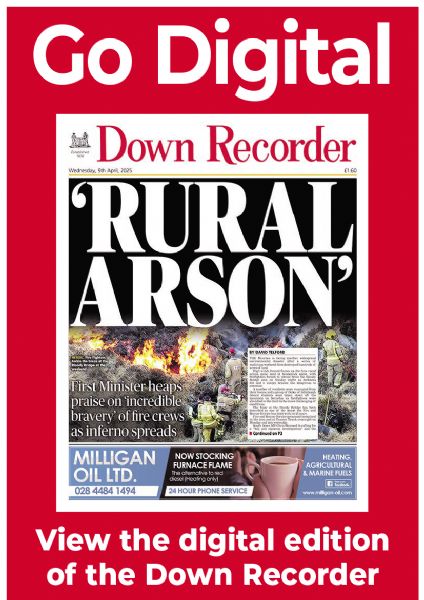Shrigley book delves into bulldozing of houses and mill to build new village
Shrigley book delves into bulldozing of houses and mill to build new village
21 August 2024
THE story of how the old mill village of Shrigley was bulldozed is told in a new book just published.
The village has been celebrating the 200th anniversary of its foundation this year – even though all its streets have been swept away and its shops closed.
In 1966 diggers first moved in to begin building a new village on the opposite hill and, at the same time, start knocking down the beautiful blue stone houses that had been developed around the mill gates after it was established by John Martin in 1824.
A completely revised and updated official history of the paternalistic model village, Farewell to Dear Old Shrigley, has been published to coincide with the 200th anniversary.
It has been written by journalist Chris Hagan, who has family links dating back five generations to the start of the village.
“Many people are astonished to learn there once was a model village with its streets of beautifully constructed and maintained houses in Shrigley. Much of the rubble of it lies under the green in front of the Martin clock tower,’’ Chris explained.
“All the street names are gone – Main Street, Bank Row, Model Row, River Row, Field Row, Short Row – but the 200th anniversary celebrations have shown there remains a great affection for the old village with people travelling from across the world to join in the birthday party.”
The book reveals how John Martin developed the village alongside one of the biggest linen mills in the British Isles. It also traces how the first children’s hospital in Ireland was built and endowed by the Shrigley linen lord; and records some of the unique street songs of Shrigley, right up to Van Morrison’s musical tribute to the village.
The Upstairs-Downstairs scale of the Big House, owned by the Martin family, is revealed for the first time with the first image of its plans.
The extraordinary story of the Jewish families who helped save the village is also told in full for the first time.
Chris said: “They were fleeing Hitler’s murderous purge of the Jews in Europe and sought sanctuary in Shrigley. They brought with them work for villagers by establishing a leather tannery at the height of the 1930s great depression.
“The story is largely unknown outside the immediate area but based on secret files even more about the period can now be revealed.’’
Some of the members of the Jewish families did not make it to safety and perished in the Holocaust, while the families who made it tried to save their brothers and sons by sending money from Shrigley to help them to safety.
The new edition draws on many new sources particularly files, previously closed and sealed, that have been opened at the Public Record Office of Northern Ireland.
The book was launched at an exhibition in the village by the former MP for the village, Baroness Margaret Ritchie, and the first edition was presented to Mukesh Sharma, the chair of The National Lottery Heritage Fund’s Northern Ireland Committee, which supported the overall Shrigley 200 project.
Copies of the book are available from Beth Barrett’s shop in Cross Street, Killyleagh. Details are on the Old Shrigley Facebook page.


